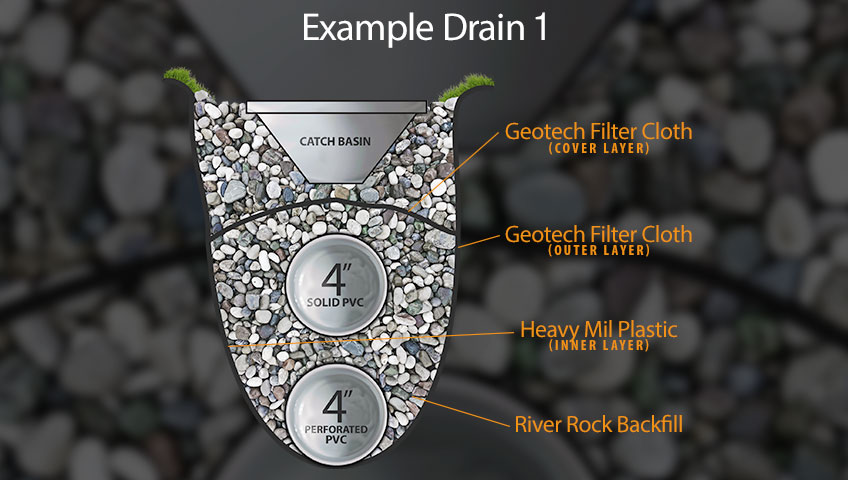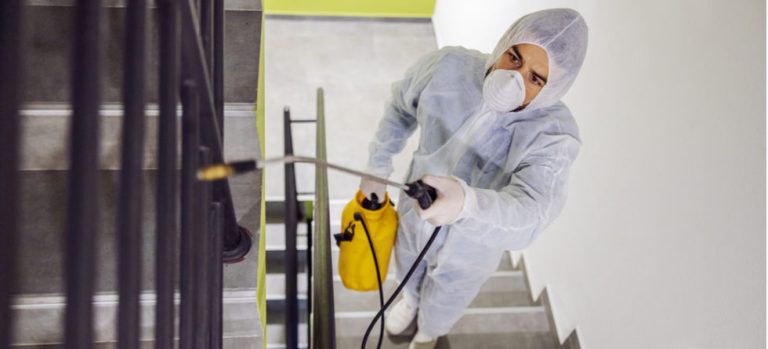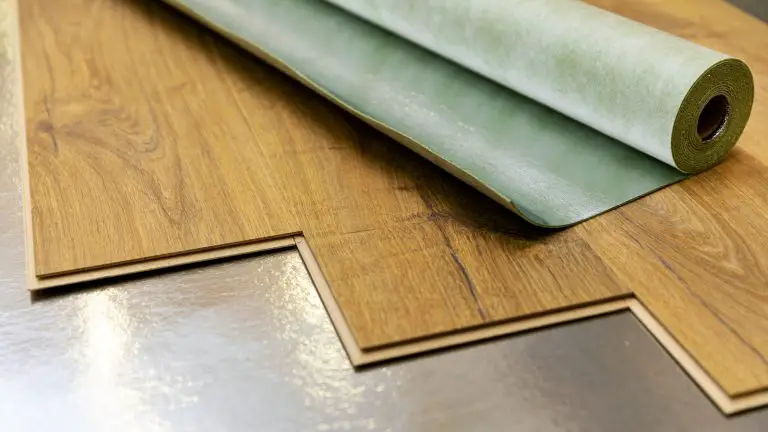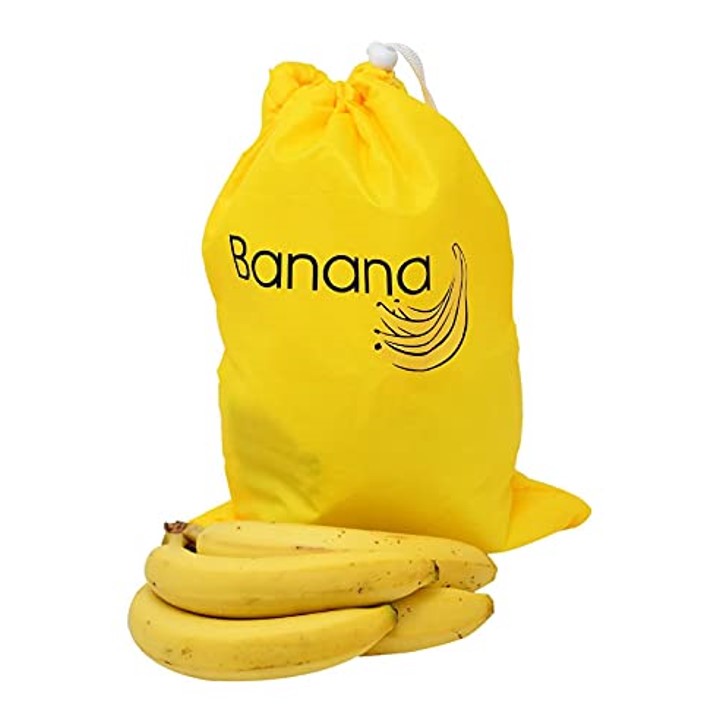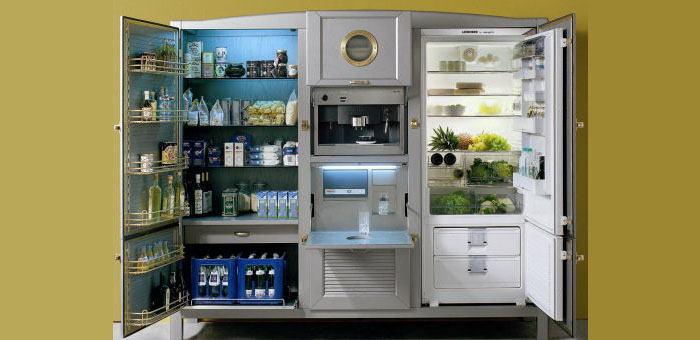French Drain Vs Surface Drain
A French drain and a surface drain are two different types of drainage systems used to help keep water out of buildings and away from foundations. French drains are underground drainage systems that use gravel and pipes to direct water away from the building. Surface drains are above-ground drainage systems that use grates to collect water and direct it away from the building. Both systems have advantages and disadvantages that should be considered when deciding which type of drain is best for your project.
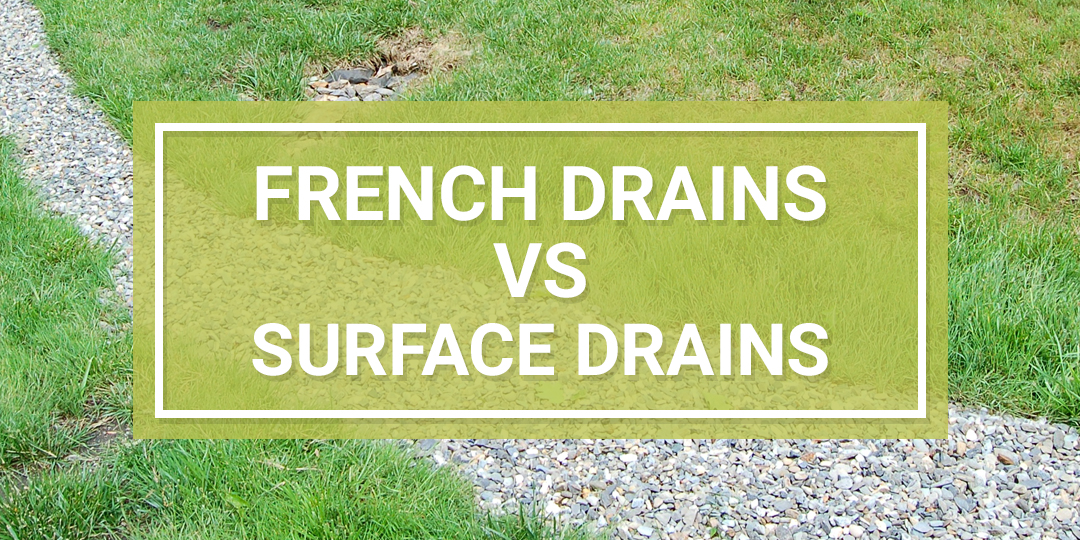
Definition of French Drain and Surface Drain
A French drain and a surface drain are two different types of drainage systems used to protect against water damage and flooding in residential and commercial properties. A French drain is a trench filled with gravel or rock that is designed to redirect water away from a specific area. A surface drain, on the other hand, is a type of drainage system that is installed at ground level and is designed to capture and divert surface water away from a structure.
Both French drains and surface drains are effective tools for managing water and preventing damage to buildings and foundations. The main difference between the two lies in their installation and how they function. French drains are installed underground and are designed to capture water from a variety of sources such as rainfall, runoff, and groundwater. Surface drains, on the other hand, are installed at ground level and only capture and divert surface water.
When deciding which type of drainage system to install, it is important to consider the terrain, the climate, and the type of soil. French drains are better suited for areas with low-lying terrain where there is a high risk of flooding, while surface drains are better suited for areas with higher terrain where there is less risk of flooding. Additionally, French drains are more effective in areas with heavy rainfall, while surface drains are more effective in areas with light rainfall.
In conclusion, both French drains and surface drains are effective tools for managing and preventing water damage and flooding in residential and commercial properties. The key to installing the right type of drainage system is to consider the terrain, the climate, and the type of soil.
Function of French Drain and Surface Drain
When it comes to drainage solutions, French Drain and Surface Drain are two popular options. But what sets them apart? A French Drain is an underground drainage system that uses a perforated pipe to collect and divert surface water away from a structure, while a Surface Drain acts as a catch basin to contain and direct runoff away from the structure.
A French Drain is an effective and efficient way to prevent water from pooling around the foundation of a structure. The system’s perforated pipe is placed underground and is filled with gravel or other aggregate material to allow water to pass through. The gravel also helps filter out debris and silt and prevents clogging of the pipe. The water is then directed away from the structure, into a dry well or other collection area.
On the other hand, a Surface Drain is a type of catch basin that is placed on the surface, in an area where water runoff can collect. The Surface Drain acts as a catch basin to collect and direct the runoff away from the structure. The basin is equipped with a grate or mesh to allow large debris to pass through, and prevent clogging of the outlet pipe. Surface Drains are typically used in areas where there is no existing drainage system, or when a French Drain is not feasible.
In conclusion, both French Drains and Surface Drains are effective solutions for redirecting water away from a structure. French Drains are typically used for long-term solutions, as they are installed underground and can last for many years. Surface Drains are a more affordable and easier-to-install option, although they have a shorter life expectancy.
Advantages and Disadvantages of French Drain
and Surface Drain
When it comes to drainage solutions, two of the most popular options are French drains and surface drains. Both are effective at diverting water away from areas that may be prone to flooding. But what are the advantages and disadvantages of each? This article will explore the pros and cons of French drains and surface drains so you can make an informed decision about which one is best suited to your needs.
French drains are a type of subsurface drainage system that consists of a perforated pipe surrounded by gravel and a filter fabric. The gravel allows water to seep through and the filter fabric prevents soil particles from entering the drain. This type of drain is ideal for areas with high water tables, as they can effectively redirect water away from the area. The major advantage of a French drain is that it’s relatively low maintenance and can last for many years. However, the installation process is quite involved and will require professional expertise.
Surface drains, on the other hand, are a type of above-ground drainage system. They involve the installation of a grate over a drainpipe that collects and redirects water away from the area. Surface drains are typically used in areas with low water tables, as the water is diverted away from the area quickly. The major advantage of surface drains is that they are quick and easy to install. Additionally, they are a cost-effective solution for areas that don’t require a more comprehensive drainage system. However, surface drains require more regular maintenance than French drains and need to be replaced more often.
When deciding between French drains and surface drains, it’s important to consider the area in question, the amount of water that needs to be diverted, and the amount of maintenance required. Both are effective solutions, but it’s important to choose the right one for your needs.
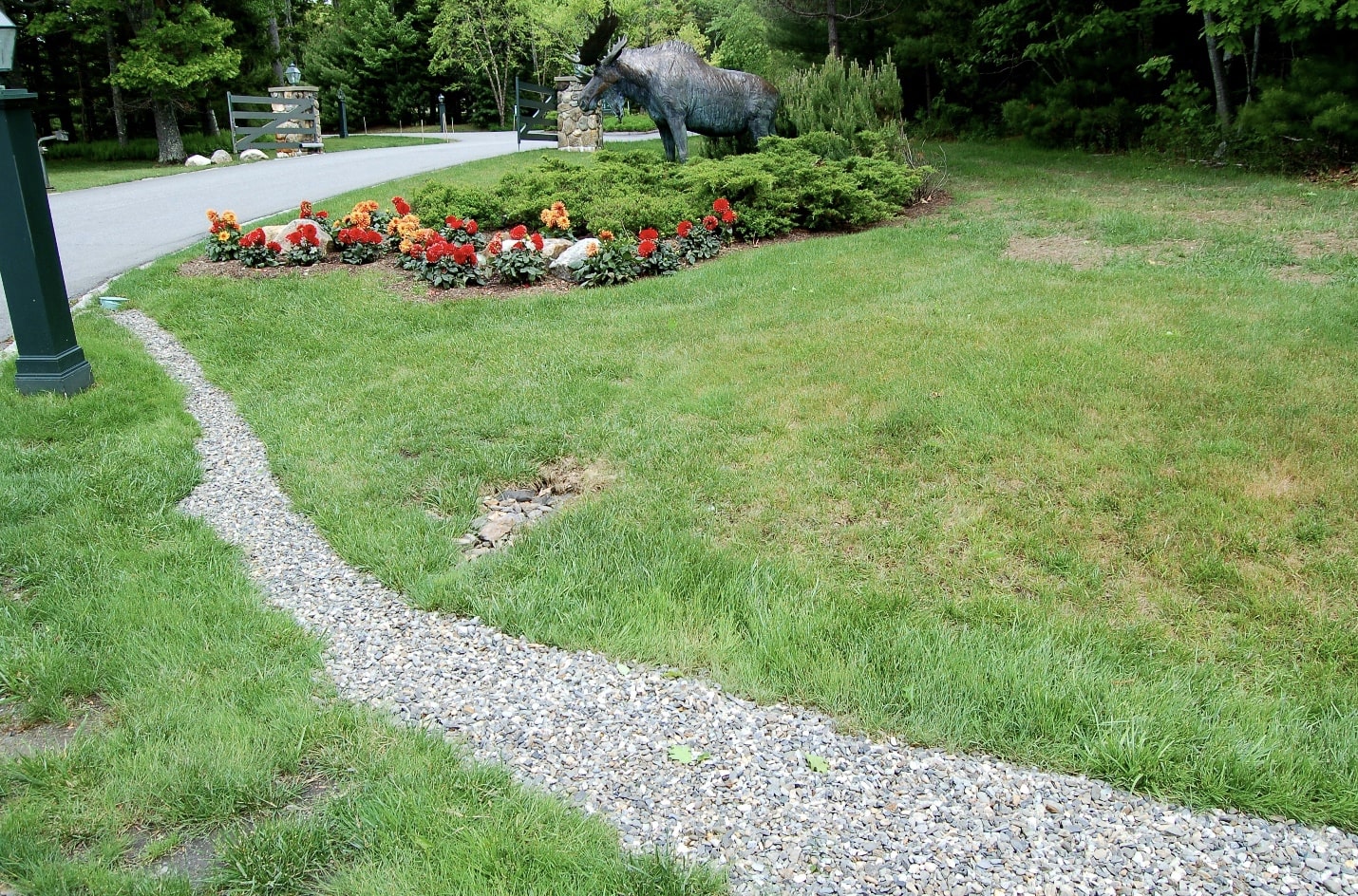
Credit: cactilandscape.com
Advantages and Disadvantages of Surface Drain
Surface drains are a popular choice for homeowners looking to control water runoff and drainage on their property. They are typically used to channel water away from an area, such as a driveway or patio, or to reduce the water table in a particular area. While surface drains have their advantages, they also have some disadvantages.
Advantages of Surface Drain:
– Surface drains are relatively easy to install and can be used to divert water from an area quickly and efficiently.
– Surface drains are often less expensive than other drainage solutions, such as French drains.
– They can be installed with minimal disruption to landscaping and other outdoor features.
Disadvantages of Surface Drain:
– Surface drains are not as effective as French drains in areas with high water tables, as they are unable to divert water from a large area.
– Surface drains are more prone to clogging due to the presence of debris and sediment.
– Surface drains can become a breeding ground for mosquitoes and other pests if not properly maintained.
Overall, surface drains can be a cost-effective solution for controlling water runoff and drainage on your property. However, it is important to consider the potential drawbacks, such as clogging and pest infestations, as well as the effectiveness of the system in areas with a high water table.
Applications of French Drain and Surface Drain
When it comes to deciding which type of drain to use in a particular area, it’s important to understand the differences between a French drain and a surface drain. Both types of drains are designed to move water away from an area, but the applications of each are different.
A French drain is a trench filled with gravel and a perforated pipe that is used to move water away from an area. It is commonly used in areas where there is no existing drainage system or where the existing drainage system is inadequate. A French drain can be used to collect surface water from driveways, patios, or other areas and direct it away from the home.
In contrast, a surface drain is designed to collect surface water only from a specific area. It is typically used in areas with an existing drainage system such as around a home’s foundation or in an area with poor drainage. A surface drain collects surface water and channels it away from the home and into the existing drainage system.
When choosing between a French drain and a surface drain, it is important to consider the application and needs of the area. If an area requires a more comprehensive drainage system, a French drain is usually the best option. However, if the area only requires surface water to be removed, a surface drain may be the better choice.
Installation Process of French Drain and Surface Drain
The installation process of French and Surface Drains can vary depending on the project. French Drains are used to collect and move excess water away from an area. They are installed below the ground and consist of a trench, gravel, and perforated pipe. The gravel helps to redistribute the water and the pipe carries it away. On the other hand, Surface Drains are used to collect surface water and direct it to a storm sewer or other collection area. They are installed above the ground and consist of a grate and an underground pipe to carry the water away.
When installing a French Drain, the first step is to dig a trench. The width and depth of the trench will depend on the amount of water being collected, the size of the pipe, and the type of soil. After the trench is dug, gravel is added to the bottom and the sides of the trench. Then, the pipe is laid in the trench and the gravel is used to cover the pipe. Finally, the trench is filled with soil and packed down.
Surface Drains are installed similarly. First, the area is excavated and the size of the trench will depend on the size of the drain grate. Then, the pipe is laid in the trench and the grate is installed on top. Finally, the trench is filled with soil and the grate is connected to the pipe.
Both French and Surface Drains are effective ways to manage excess water and ensure proper drainage. By taking into consideration the size of the project, soil type, and amount of water being collected, you can decide which type of drain is best for your needs.
Maintenance of French Drain and Surface Drain
Maintaining your drainage system is essential to prevent any future issues. French drains and surface drains both require regular inspections and cleaning to ensure optimal performance.
When it comes to French drains, debris and sediment can quickly accumulate in the drain, causing it to clog up over time. It’s important to regularly inspect the French drain for any signs of clogging and clean it out regularly. This can be done with a pressure washer or a garden hose. Additionally, it is important to check the filter fabric and make sure it is free of any debris or sediment.
Surface drains require regular inspections to make sure they are not blocked by any debris or sediment, as this could cause water to back up and cause flooding. It is also important to regularly check for any cracks or damage in the surface drain and repair them as soon as possible. It is also important to regularly check the surrounding area for any vegetation that could block the drain.
Both French drains and surface drains require regular maintenance to ensure they are functioning properly. Regular inspections and cleaning can help prevent any future issues and ensure the drainage system works as it should.
Cost Comparison of French Drain and Surface Drain
When it comes to selecting a drainage system for your home, French Drains and Surface Drains are two of the most popular options. Both systems have their advantages and disadvantages when it comes to cost, installation, maintenance, and effectiveness. To help you decide which system is right for you, let’s take a closer look at the cost comparison of French Drains and Surface Drains.
The cost of a French Drain system will depend on the size and complexity of the system, as well as the materials used. Generally, the cost of a French Drain system can range anywhere from $1000 to $3000, including the cost of installation. This cost can be reduced if you can install the system yourself.
The cost of a Surface Drain system is usually less than a French Drain system. A basic Surface Drain system typically costs between $400 and $700, depending on the size and complexity. Installation costs are also lower for Surface Drain systems.
When it comes to maintenance, both systems require periodic cleaning. French Drains require periodic flushing and cleaning, while Surface Drains are generally self-cleaning. As a result, French Drain systems tend to have higher maintenance costs than Surface Drain systems.
In terms of effectiveness, both systems are highly effective in preventing flooding and water damage. French Drains are especially effective at alleviating standing water, while Surface Drains are better for controlling runoff. Ultimately, the type of drainage system you choose will depend on your particular needs and budget.
FAQs About the French Drain Vs Surface Drain
What is the difference between a French drain and a surface drain?
A French drain is an underground drain that is installed beneath the surface of the ground to help divert water away from a structure or area. A surface drain, on the other hand, is an above-ground system that collects and carries water away from a specific area.
How does a French drain work?
A French drain consists of a system of perforated pipes that are buried beneath the ground surface. This system is then filled with gravel to allow water to enter the pipes and filter out into the surrounding soil.
What are the benefits of a French drain?
French drains can be effective in preventing foundation damage from water pooling around a structure, as well as preventing flooding of basements and crawl spaces. Additionally, French drains can help reduce soil erosion by preventing runoff water from washing away topsoil.
Conclusion
Both French drains and surface drains can effectively help divert water away from your home and prevent flooding. French drains are more effective at redirecting water since they are buried and can be connected to a sump pump. Surface drains are more visible and easier to install, but can become clogged with debris, dirt, and leaves. Ultimately, the best option for your home will depend on your specific drainage needs.

